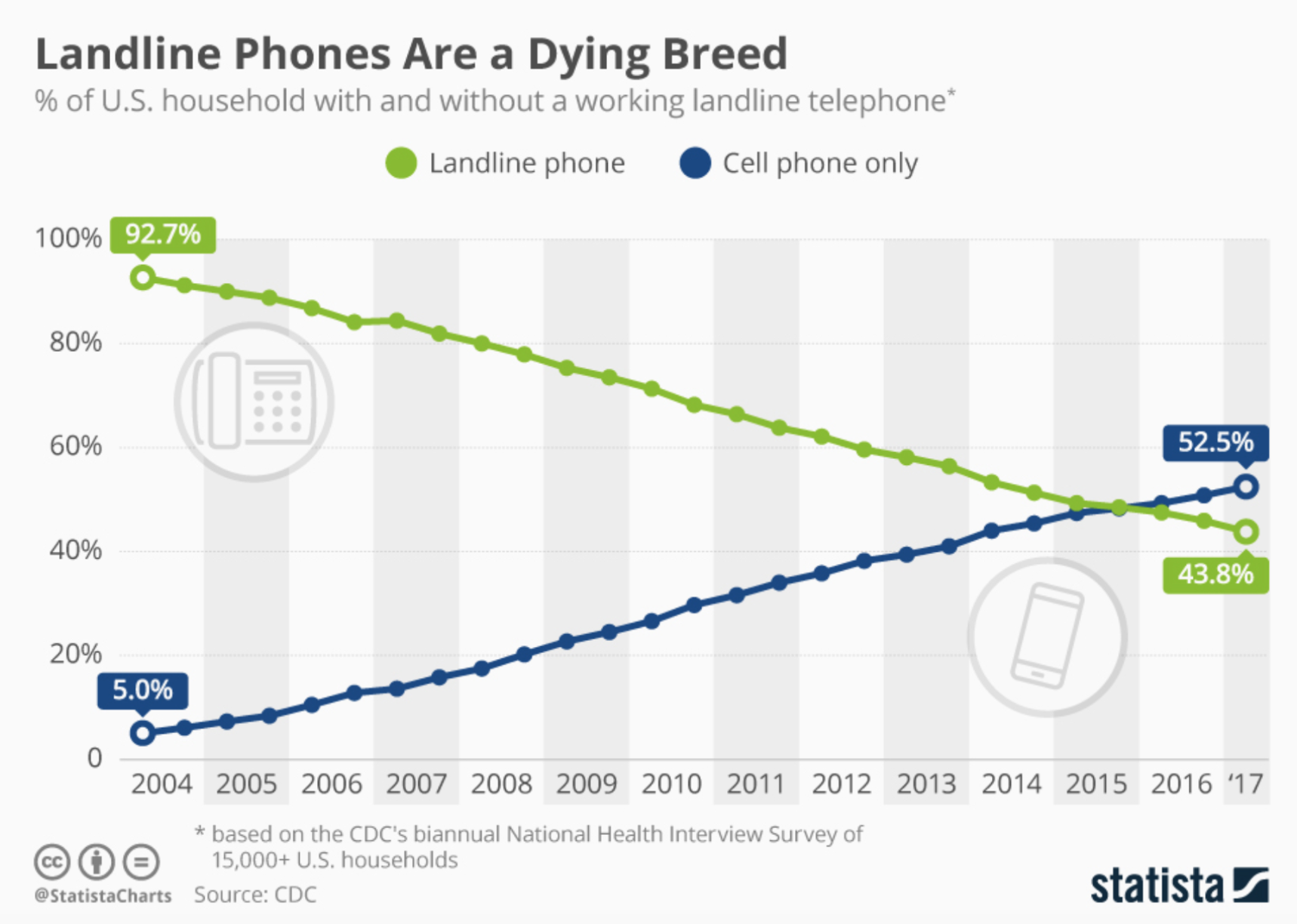Is polling really dead?
You've heard this line of logic before:
"Well, every single poll predicted that Hillary should have been our President, so they're not useful anymore." That's been flying around for the past year, and it's hard to avoid.
On January 3rd of this year, global polling agency Gallup announced they're no longer doing a daily presidential approval poll – rather, they're switching it to weekly.
On the same day, PolitiFact published a piece titled "How Trustworthy are the polls, more than a year after the 2016 election?" which essentially said that while national polling was fairly accurate in predicting the popular vote, state- and local-level services, particularly ones that didn't weight for a respondent's education, were dead wrong, despite expenditures totaling many millions of dollars.
So should we trust polls or are they a waste of time? The answer is twofold – that is, yes and no.
First, we must understand that all polling is not created equal and that methods are different.
So for example, if you poll 50% landlines and 50% cell phones about intention to vote, even though landlines are pretty much dead and very few people use them (43% of American households have operational landlines according to the CDC, but how many of them actually get used regularly? When's the last time someone gave you their house phone number?), you might get data that skews toward responses typical of senior citizens, who typically vote at higher rates than other age groups.
Then you may go to your boss and say "hey, turnout on Election Day looks great," and subsequently get fired when 2% of the population turns out for the primary instead of 20%. This is known as sample bias. (To further address the realism of this specific example, here's a piece on cellphone sampling if you're interested.)
Then there's response bias. That's when the things you ask people or the way in which you ask them affect their answers. For example, here's a poll Trump's people sent out via email:
You see, then, how it's easy for them to turn around and say, "well, we have polls that say 87% of people approve of the job the President is doing, your polls are bogus, that's why you lost the election, Fake News," etc.
And, of course, both liberal and conservative media have their own preferred methods of bias, including which news stories to cover, which people to feature, and so on, which are consequences of corporate ownership, editorial opinions, which politicians donate where, etc.
Polls are inherently data-driven – which makes them useful for making predictions – but in today's world, the amount of sources and money dedicated to misinformation make them hard to trust.
If you remember library class in elementary or middle school, you remember that you were taught to scrutinize both primary and secondary sources. Just because libraries are nearing extinction doesn't mean our capacity to examine information with skepticism should as well.
So next time someone says "oh I saw a poll that says X," respond with "which poll? Whose poll was it? Do you trust their methods" All that good stuff. And don't necessarily trust the answers you get, either.
And – perhaps most importantly – just remember that polls look backward. There’s nothing stopping you from doing something that sets a trend; the polls can catch up later.



